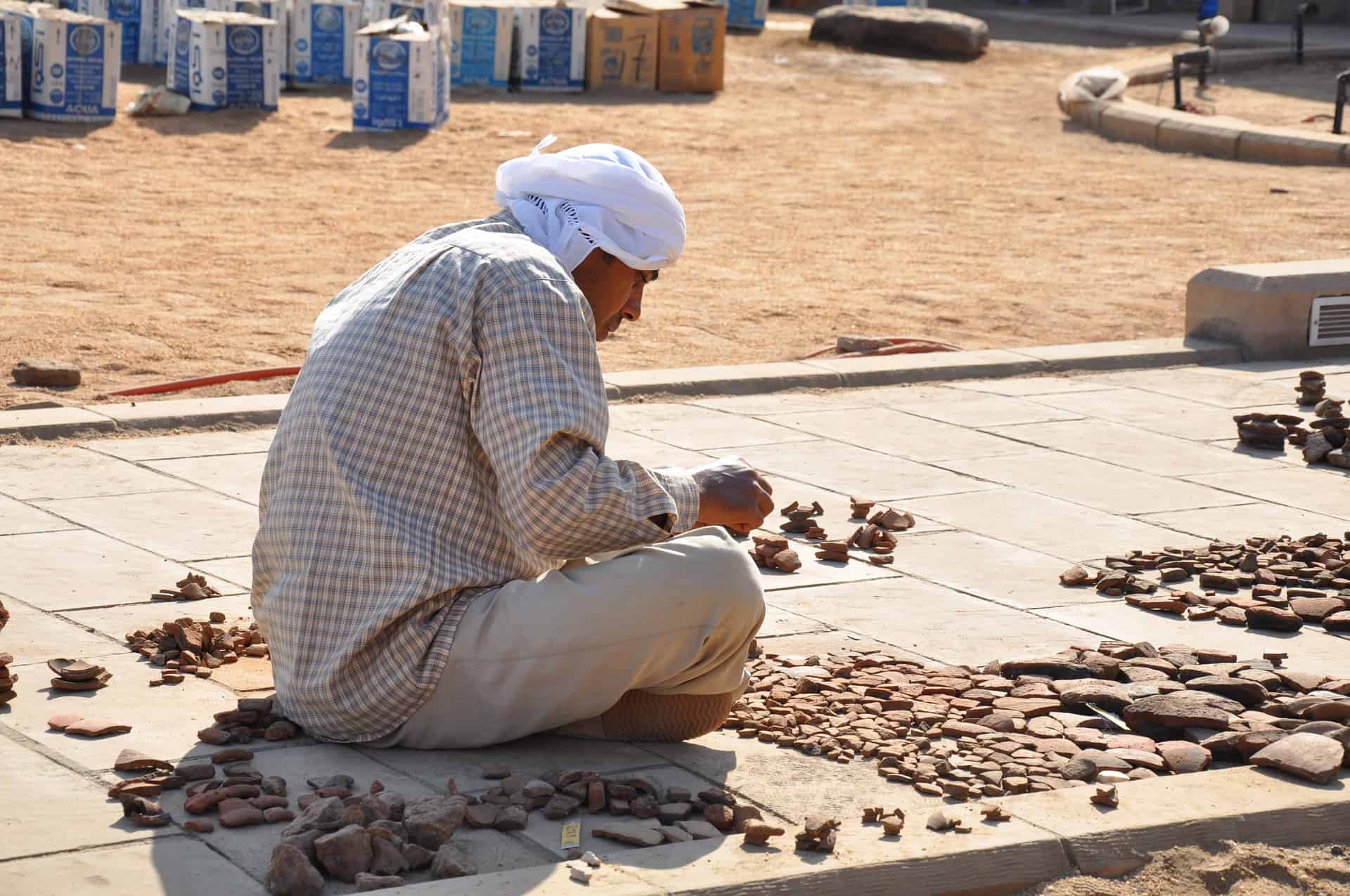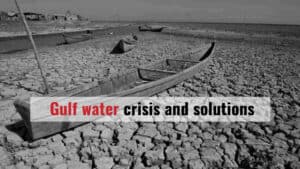Archeologists have discovered a 1,600-year-old weaving workshop in Perrhe in Turkey, said local reports on Friday, December 3.
They have also unearthed weight stones used to turn wool into rope during excavation work, said the local reports.
Perrhe is said to be an ancient city in the kingdom of Commagene, whose remains are located in Adiyaman, also in Turkey.
Digging at the ancient site has been ongoing since the early 2000s, and a variety of items have reportedly been unearthed this year alone.
The items are said to include a historical Roman fountain, various architectural structures, and several aqueducts.
Adiyaman Museum Director Mehmet Alkan was quoted by the local reports as saying that excavation work slowed with the arrival of winter.
“In the excavations we’ve been carrying out in a field of some 1,000 square meters, we’ve identified residential architecture and buildings of civil architecture. Based on these structures, we think that the earthquakes that occurred from the sixth to seventh centuries damaged the residential architecture of Perrhe,” Alkan said.
He noted that the findings indicated that there was small-scale grain production in the area.
He also noted that items related to such activity, like cisterns, crushing vessels, and even Pompeiian-type millstones, were found in the area.







